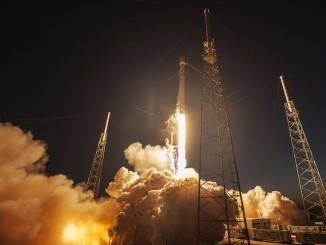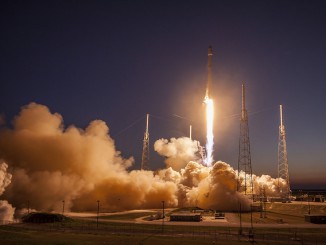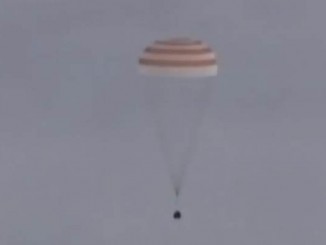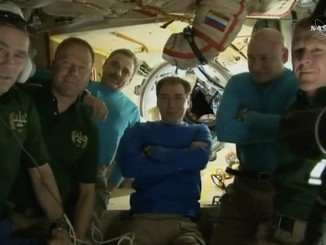
Photos: Falcon 9 takes off at sunset
A Falcon 9 launcher bolted into the sky over Florida’s Space Coast on Friday, adding the brilliant orange glare of rocket exhaust to a spectacular sunset as the 229-foot-tall booster propelled the SES 9 communications satellite into orbit to serve the Asia-Pacific with high-definition television programming and connectivity on-the-go.









